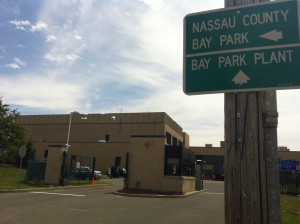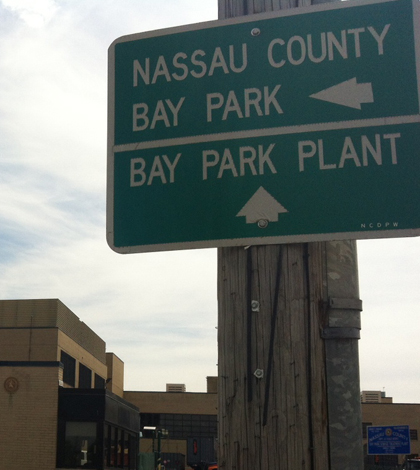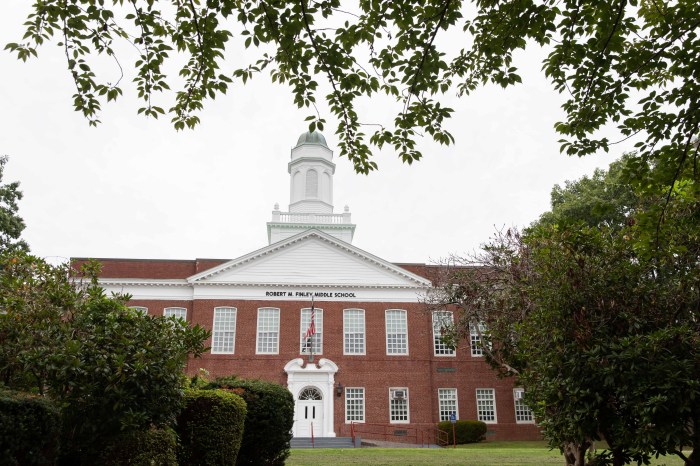
Nassau County lawmakers have approved nearly a half billion dollars in borrowing to fund extensive repairs to the troubled Bay Park Sewage Treatment Plant, which failed during Sandy last year.
The county legislature approved at their Monday meeting $463 million in bonding that, combined with $262 million that was approved in July, adds up to the $722 million that County Executive Ed Mangano requested to fix the plant in East Rockaway.
“We are thrilled that the work can begin immediately,” said Presiding Officer Norma Gonsalves (R-East Meadow).
“This is a win-win for all involved,” said Legis. Dave Denenberg (D-Merrick), stressing the importance of ensuring the plant withstanding future storms.
Legislators described the bonding as a three-year interest free loan from New York State’s Environmental Facilities Corporation, which will likely then be reimbursed up to 90-percent by the federal government.
The passage of the borrowing follows months of intense bickering across party lines in the oft-dysfunctional body. Republicans, who currently have a 10-9 majority, needed at least Democrats to vote with them because borrowing requires a supermajority. But, Democrats resisted giving what they termed a “blank check” for the full amount to Mangano without legislative oversight.
The acrimony reared its head again last week when an argument that broke out between Minority Leader Kevan Abrahams (D-Freeport) and Legis. Francis X. Becker (R-Lynbrook) forced a committee meeting on the topic to go into recess.
As a part of the deal, the legislature will hold quarterly hearings and will get monthly updates on the project, which is expected to take years to complete. That’s in addition to an ad-hoc environmental committee tasked with overseeing progress at the plant.
Work on the plant, which had been running on generators even before Sandy struck, includes $326 million to repair the electrical systems as well as funding dedicated to hardening the physical structure to prevent against future storm surges.
The Bay park plant, which serves a half million county residents, was offline for more than a month after the superstorm, sending raw and partially treated sewage into streets, homes and local waterways. Some of the funding also is earmarked for its sister plant at Cedar Creek in Seaford.
“This funding is a critical step in achieving the long-term health of the plant and protecting our local neighborhoods, waterways and environment,” Mangano said.


























